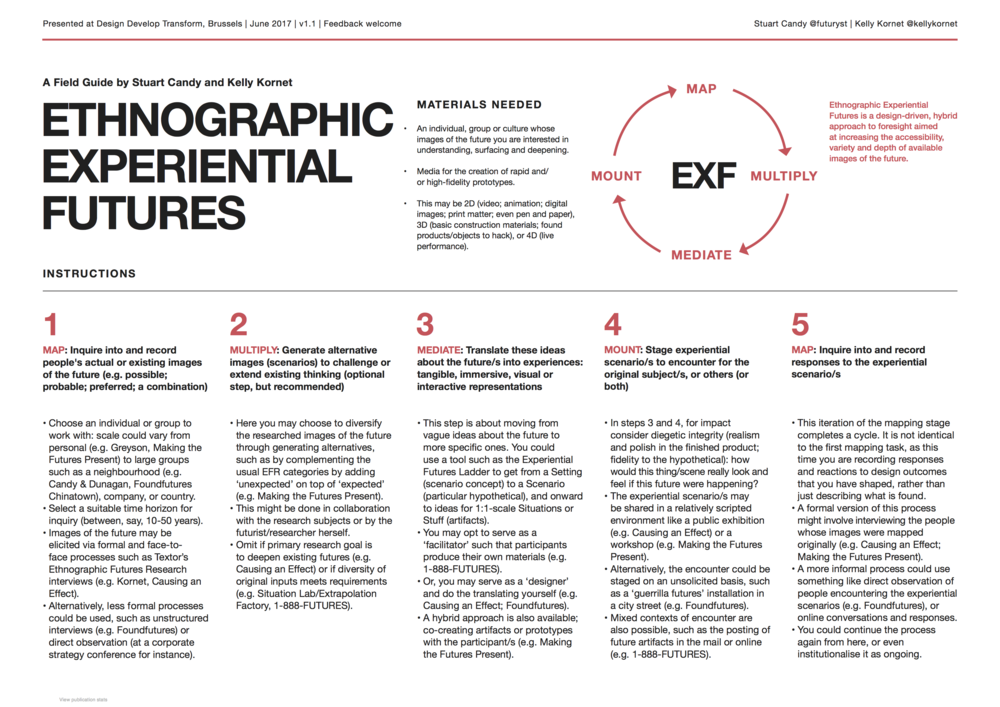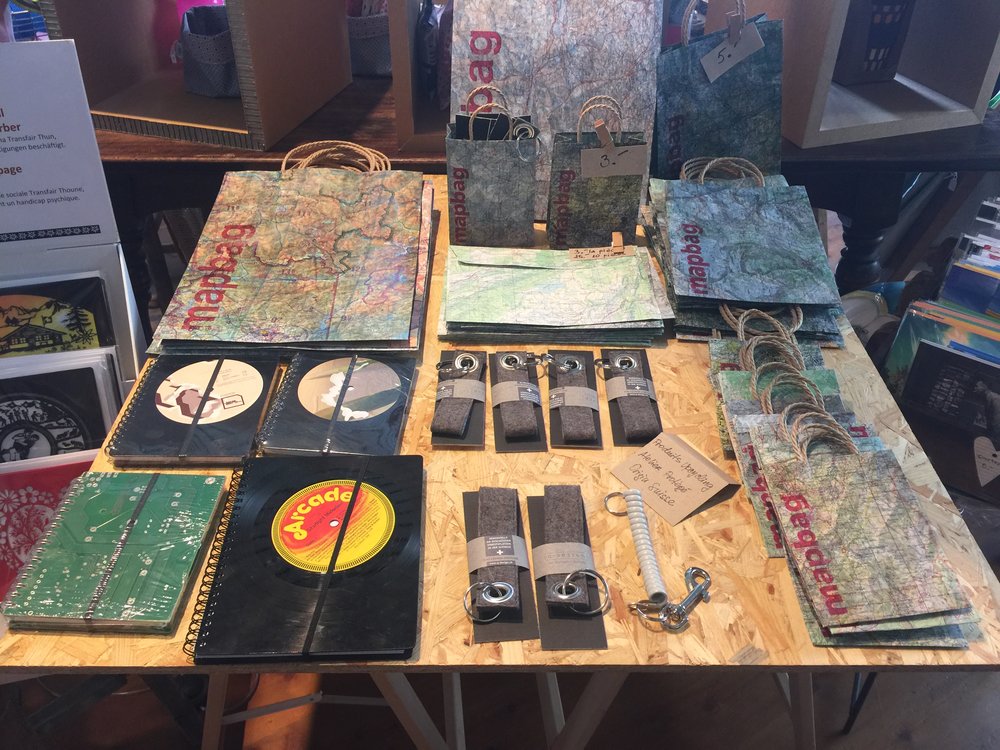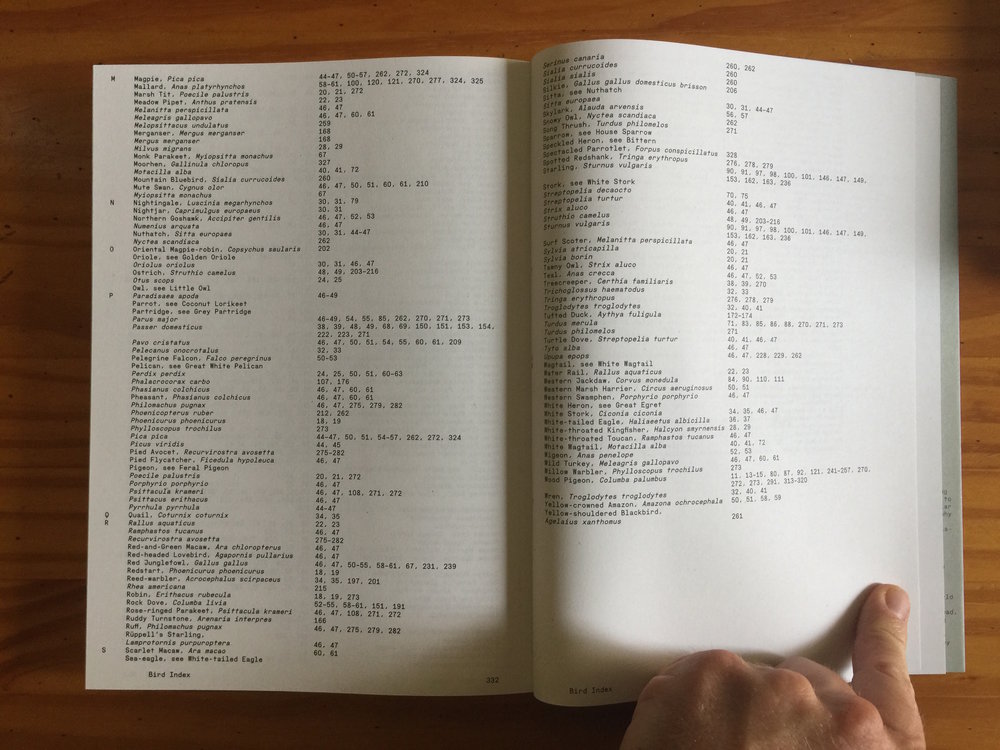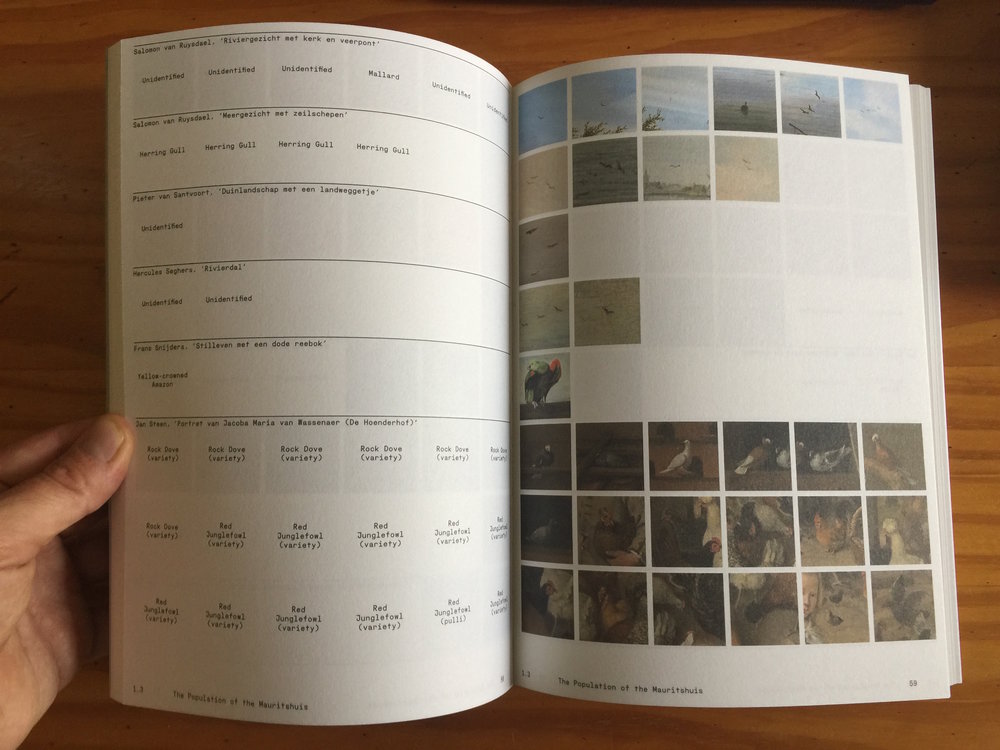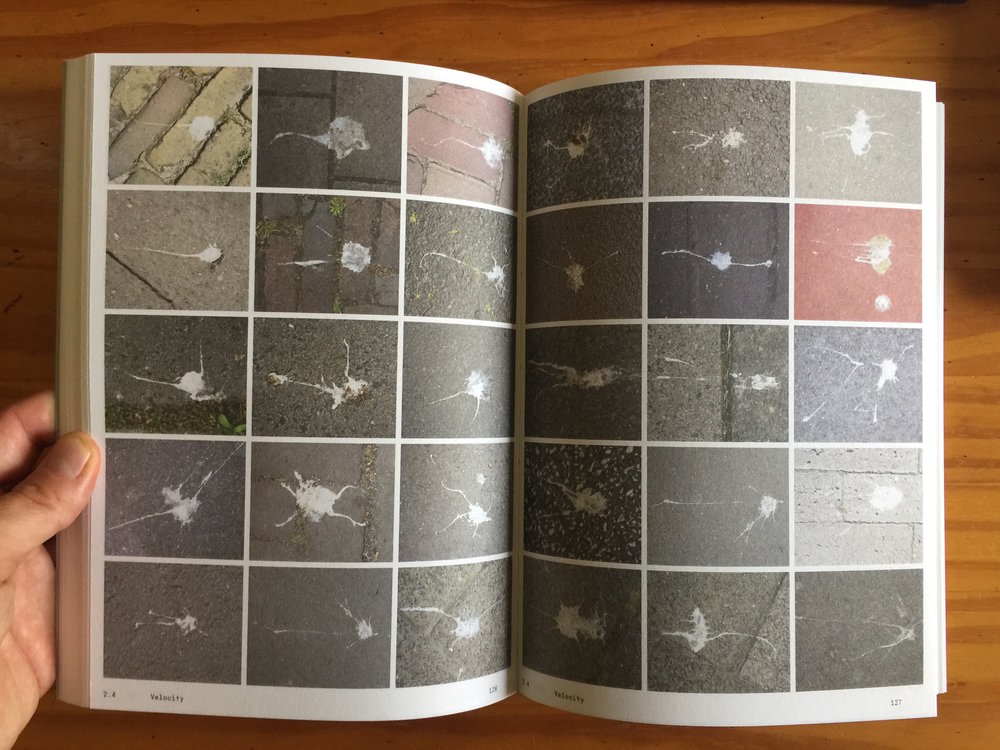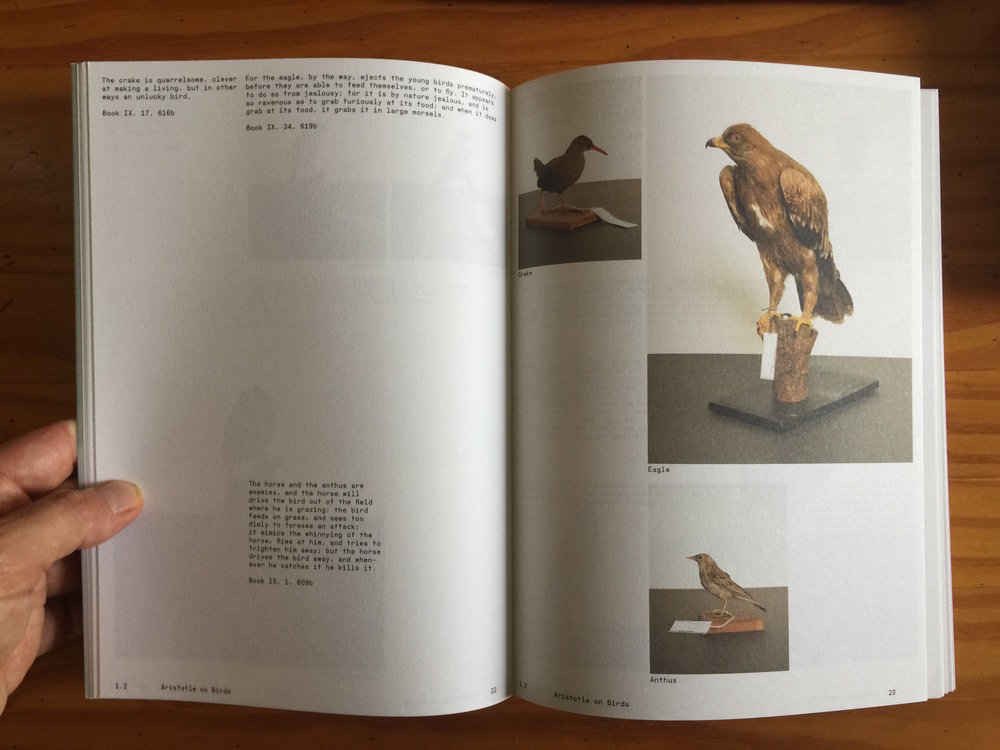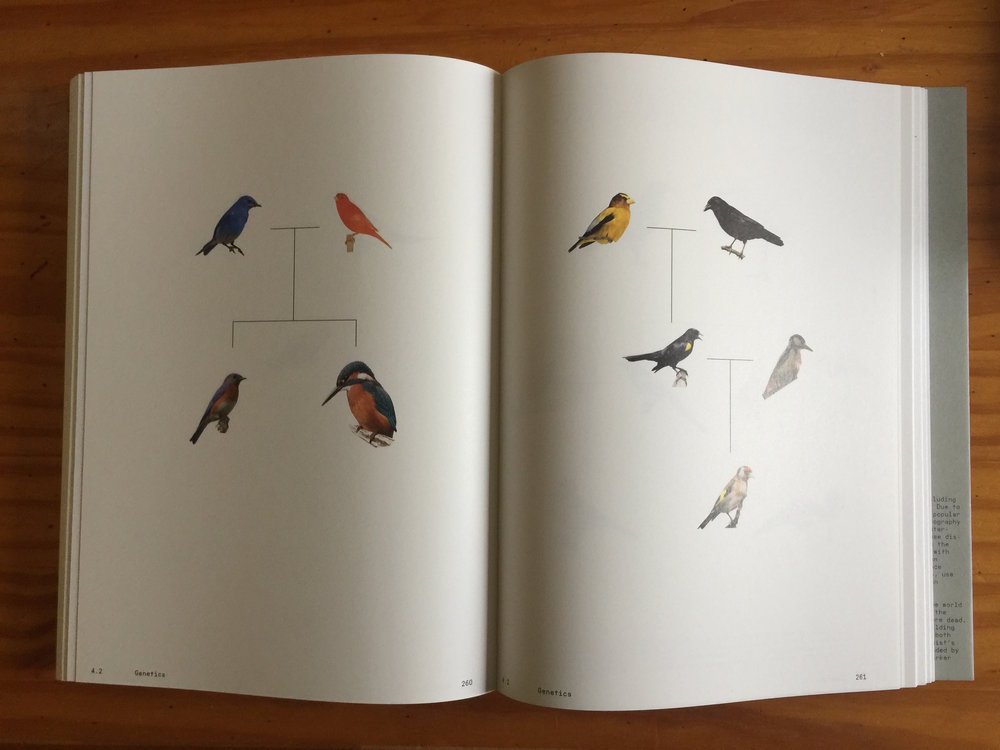The other day I read this piece on Fast Company – not an usual website I peruse though – that reported on a panel that was organized at the Design Museum in London. The conversation, was between Tony Fadell (founder of Nest, and who participated in the iPod/iPhone design ten years ago), historian of science and technology David Edgerton, STS researcher Judy Wajcman and another entrepreneur, Bethany Koby.
Some quotes I find interesting, reported by the journalist address Fadell's concerns about the digital technologies he helped designing:
"I wake up in cold sweats every so often thinking, what did we bring to the world? (...) Did we really bring a nuclear bomb with information that can–like we see with fake news–blow up people’s brains and reprogram them? Or did we bring light to people who never had information, who can now be empowered? (...) And I know when I take [technology] away from my kids what happens (...) They literally feel like you’re tearing a piece of their person away from them—they get emotional about it, very emotional. They go through withdrawal for two to three days."
Why do I blog this? Well, I'm less interested here in the actual comments Fadell makes about the consequences of the technologies he helped designing than the fact that he expresses such concerns.
Also, what is strange here is that I'm pretty sure the two social sciences scholars – Edgerton and Wajcman – certainly explained that such vision might be deterministic and that there's more than a sole piece of technology to blame here. As Wajcman discussed in a piece published by Aeon few years ago, the situation is a bit more subtle. She's not exactly talking about self-absorbing cultures but her comment struck me as important to ponder Fadell's claim.
"Smartphones, of course, extend expectations of perpetual availability. But the fact that we feel the need to respond to email quickly is not due to the speed of data transmission, but because of norms that have built up about appropriate response times (...) If we feel pressed for time today, it is not because of technology, but because of the priorities and parameters we ourselves set. Digital time is no different – ultimately it needs to be understood as a product of the ways in which humans use, interact with and indeed build technology. If we want technology to bring us a better future, we must contest the imperative of speed and democratise engineering. We must bring more imagination to the field of technological innovation."

